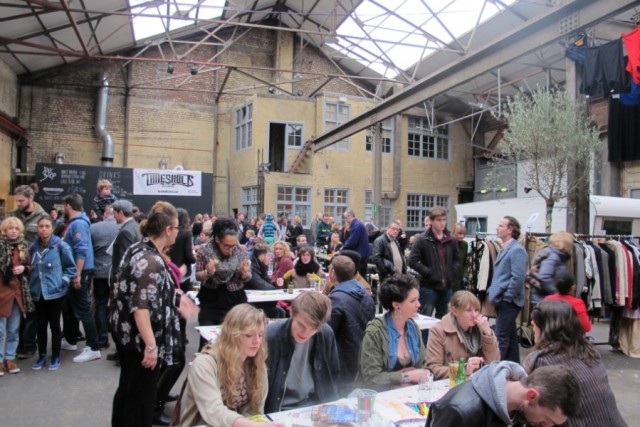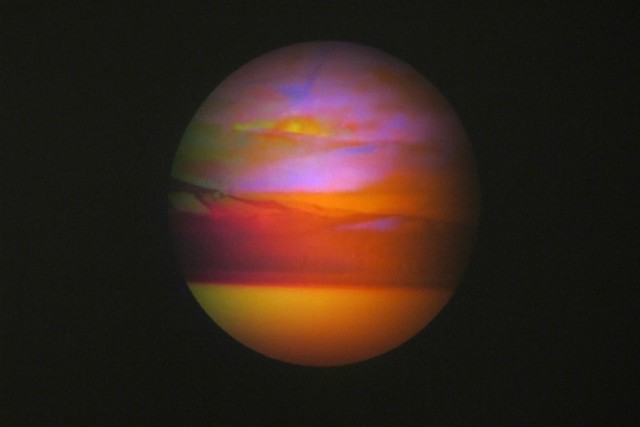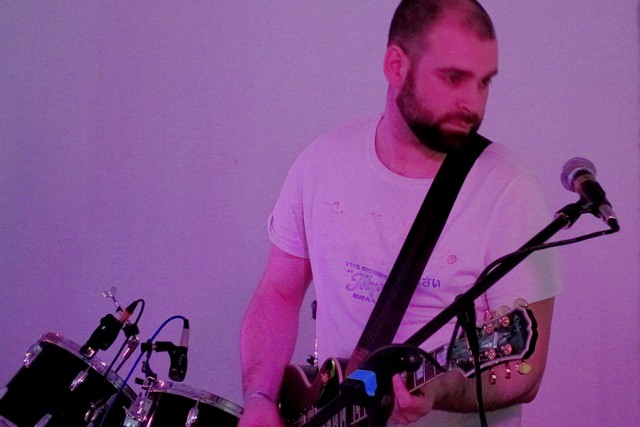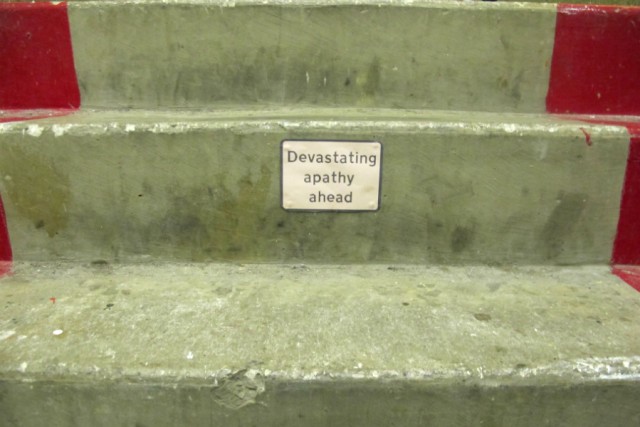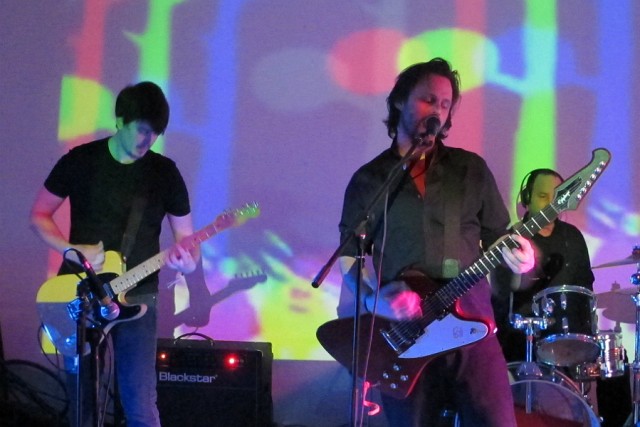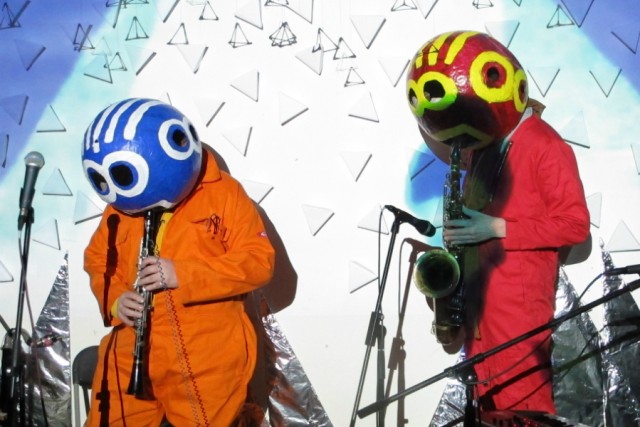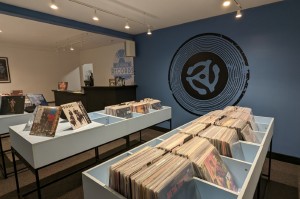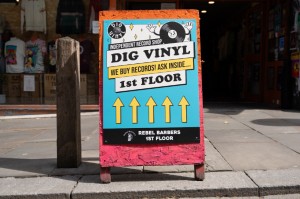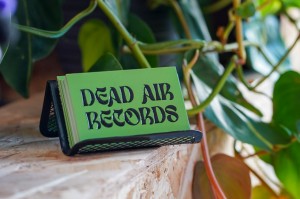Threshold 2013 – Reviewed
Last weekend Threshold was three years old. We were on the look-out for signs of maturity…
It must be tempting, when you have three days and virtually all of the available creative space in the Baltic Triangle at your disposal to go large, utilising as much as possible, leaving no opportunity unexplored. Certainly, one feels that’s exactly how the Threshold team approached proceedings ahead of last weekend’s third festival.
Having a couple of festival’s under their collective belt, it was important that 2013 represented something of a progression for the close-knit team (led my Chris and Kaya Hersted Carney), with identifiable elements pointing to greater maturity. With that raised expectation in mind, perhaps they could be forgiven for taking a bit of a kitchen sink approach to proceedings – more than 180 acts performed over Friday, Saturday and Sunday; would it pay off, or simply become a morass, too pot-luck in nature to properly negotiate? Certainly 2012’s incarnation had elements of both (if anything, more of the latter).
Wandering into Camp and Furnace’s Furnace room (pint in hand, obviously), we were about to find out. Taking in the opening act, 17 year old singer-songwriter Vanessa Murray, things got off to a promising start. Boasting a set of self-penned songs allied to a confidence and patter belying her age, you couldn’t help but be impressed; continue in this vein and Murray has every right to expect moving up the bill, with bigger and better things to follow shortly.
After catching a little of Avital Raz & The Chosen Ones, we head off, looking for something more in keeping with the positive vibe laid down earlier; what we find are Wired to Follow in the Blade Factory, a band describing themselves as ambient post-rock. We’re not sure quite where they fit genre-wise, but they’re certainly very loud – more importantly, they’re good.
Then it’s up to the Gold Room, curated by Mikey Stevenson, whose band Statement Haircut we see by design rather than happenchance. Overcoming the not ideal sound, the duo (Stevenson on vocals and keys and Darren Reynolds on guitar), whose sound is a pleasing, extremely catchy electro-indie, have a congruence and maturity about them that suggests they’re ready to step up a couple of echelons. Certainly, whether they’re quite right for a grassroots festival is moot, recently having been picked up for play on BBC 6 Music. Around 10pm, that’s as good as our night got, following acts tending to fall into ‘tossing a coin’ territory. We stick around for Triphazard, and after a mooch around, defeated, we call it a night.
Following Friday, the rest of the weekend holds a measure of concern; opening night confirmed our fears about steering a course through the sheer number of venues and acts available to us. As such, we attempt to first pinpoint a handful of people we know we want to catch; Mashemon, Phonetics, Paddy Steer and Natalie McCool are all names we recognise and in some cases have seen before, so make the list. They all more than deliver, with Paddy Steer perhaps our pick of the weekend – you can’t really prepare yourself for that kind of eccentric surrealism (choice quote: “We’re pitching ourselves as a psychedelic old folks home band”)!
Beyond that, it’s a matter of trying to be as efficient as possible, and we’re back to trying to do the festival justice again; navigating the dizzying amounts on offer, it’s a short walk to developing something akin to the musical version of snow-blindness, and this is before you even skim across the panels, talks and screenings. One key example is the multi-arts moniker of the festival. This year, three spaces were dedicated to a visual arts exhibition, and the whole site was scattered with craft happenings (yarn bombing, charity butterfly hunt), drawing tables and memory walls, alongside various stage designs, props and installations.
Navigating The Ramp, Pamela Sullivan (Arena Studios) installed a row of cardboard trees based on a quote by William Blake: “nature is imagination itself.” Unfortunately the reality was less atmospheric; thin recycled cardboard strips outside the toilets that was less canopy, more in-the-way. Upstairs to the Art Attic, we realise the difficulties of curating a show up here. This vast brick warehouse space needed more division and curatorial direction; artworks by Robyn Woolston, Jazamin Sinclair and Chloe Gallagher have no clear dialogue with each other, and seem shoved into corners or randomly hung. Pushing this aside, the individual works are a mix of interesting (we’d like to see Adam Collier’s realist portraits in a different setting) and the incomplete (Woolston’s main installation is most suggestive of an artist’s sketchbook idea that wouldn’t usually make the final cut).
Thank God then for the Shoot Gallery; this audio-visual installation by Charles Holden, Sam Skinner and Maggie Lambert is genuinely absorbing. “In response to ongoing research surrounding population studies, human geography and new-media theory,” this four-way projection reflects Holden’s background in graphics and video editing whilst mashing-up big brother surveillance and iconography with drawing, animation, photography and soundscapes. Again, however, an amateurish approach to the hanging of the show means projectors and wires are propped up on a massive table in the middle of the room. How much more effort on the part of the curatorial team would it have taken to finish this installation (i.e., projector brackets) to the standard it deserved?
Taking everything into account, one wonders would it not be better for everyone involved – punters especially – were the organisers to take a less is more approach. It’s a hoary old cliché, but we thought about it a great deal over the three days.This year, a weekend ticket cost £20 – on paper that’s a lot of bang for your buck, but anything more than a cursory glance at the line-up tells you that beyond the handful of acts you may have heard of or seen previously, the quality of your weekend may have been determined more by luck than judgement. Let’s make one thing clear, there was a marked improvement in overall standard of act between this and last year’s festival, but if Threshold is to feel much more than an open door policy for bands largely supported by friends and family, maybe it’s time for a rethink.
Why not concentrate efforts on the very best of grassroots talent rather than the very most? Keep it to one venue – Camp and Furnace is ideal, and programme a strict number of bands a day, ensuring they’re the cream of the crop; eventually, this would lead to them building a reputation for having an instinct for bands on the cusp, thus making the festival a barometer for acts with a genuine chance of future success.
Certainly, the Threshold team have form here; last year we saw the unknown (to us) Natalie McCool. 12 months on and she has had numerous plays on BBC Radio, most recently on Saturday, Dermot O’Leary playing her song Black Sun. All this before the debut album is recorded. Throw in the similar trajectory of Statement Haircut and you start to be able to see a different model for Threshold. We suppose, however, it rather depends on what kind of festival Threshold wants to be.

